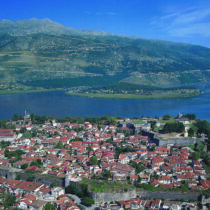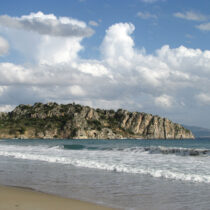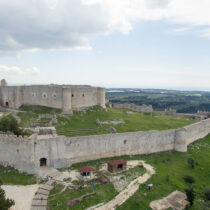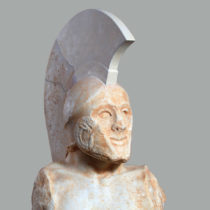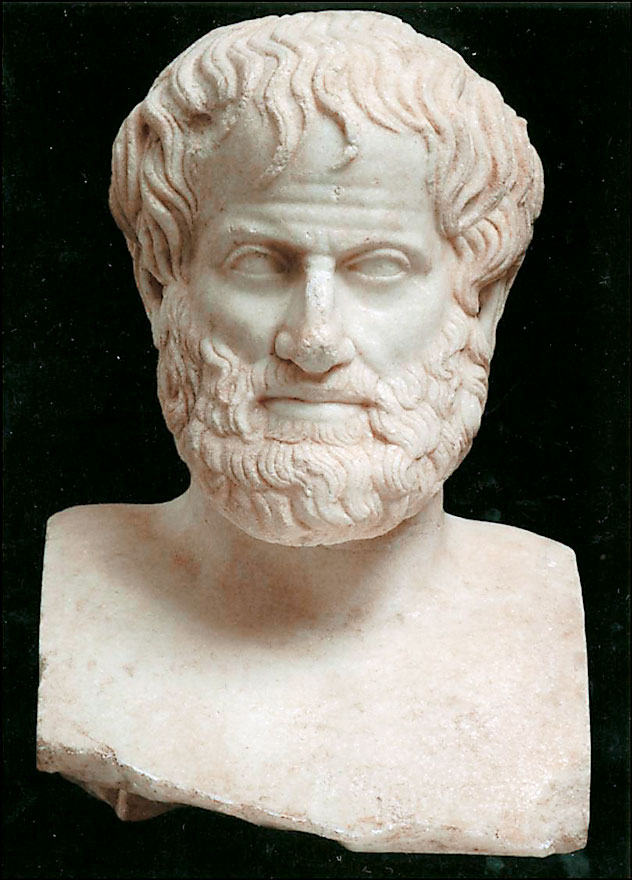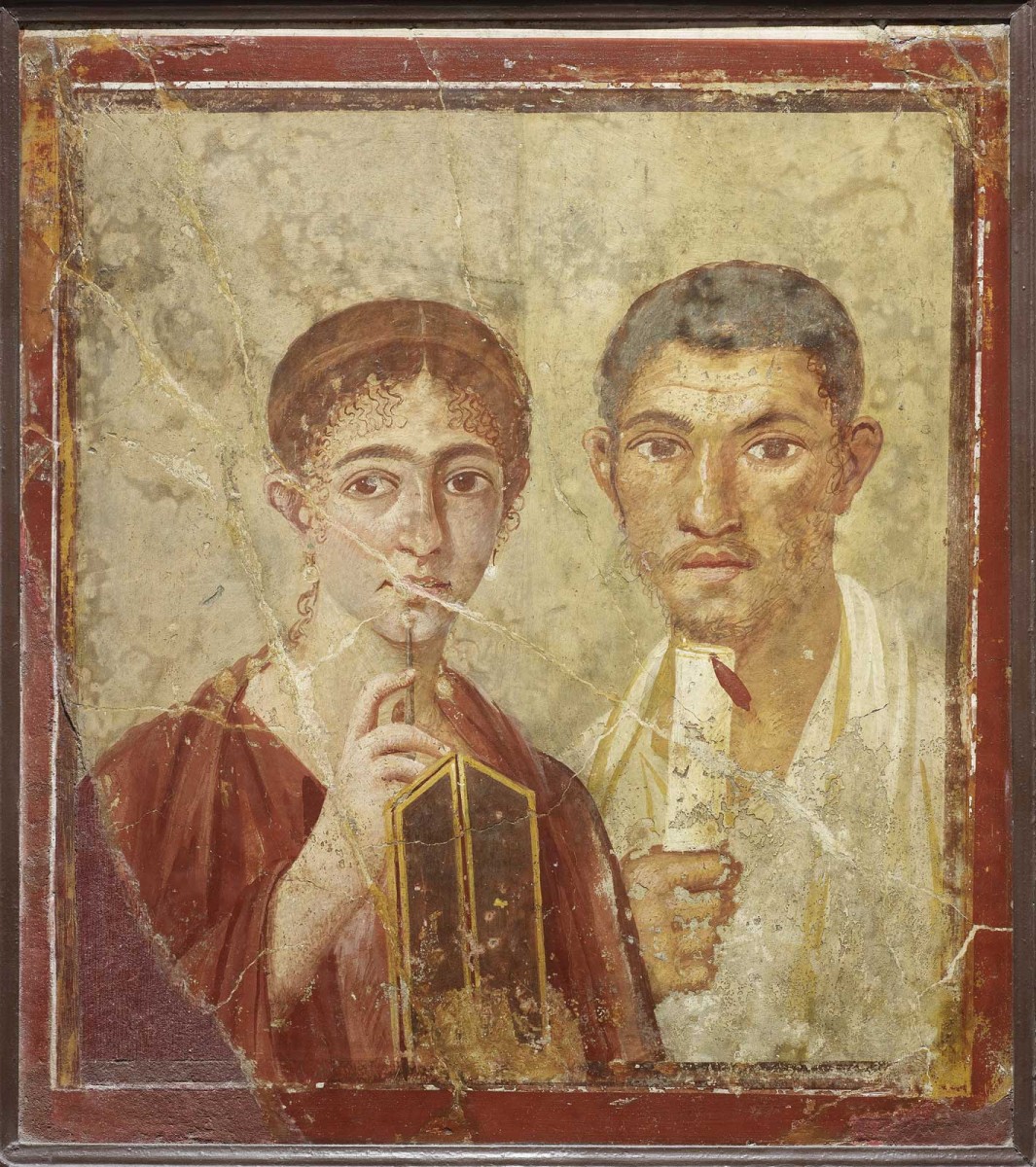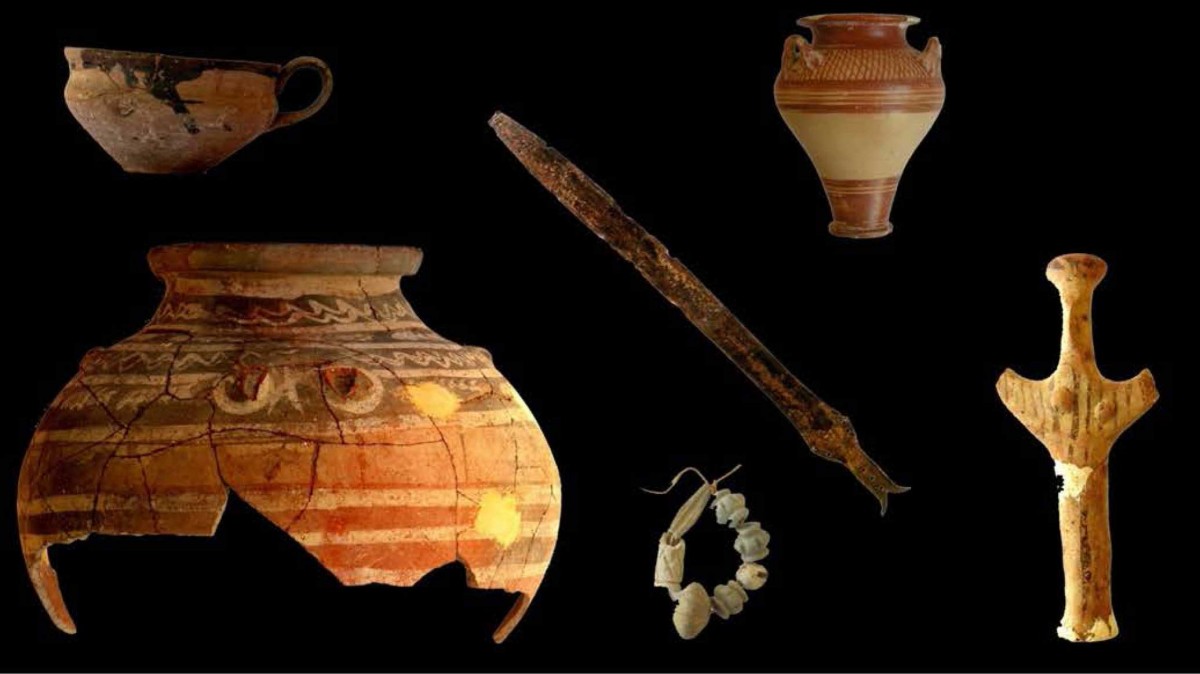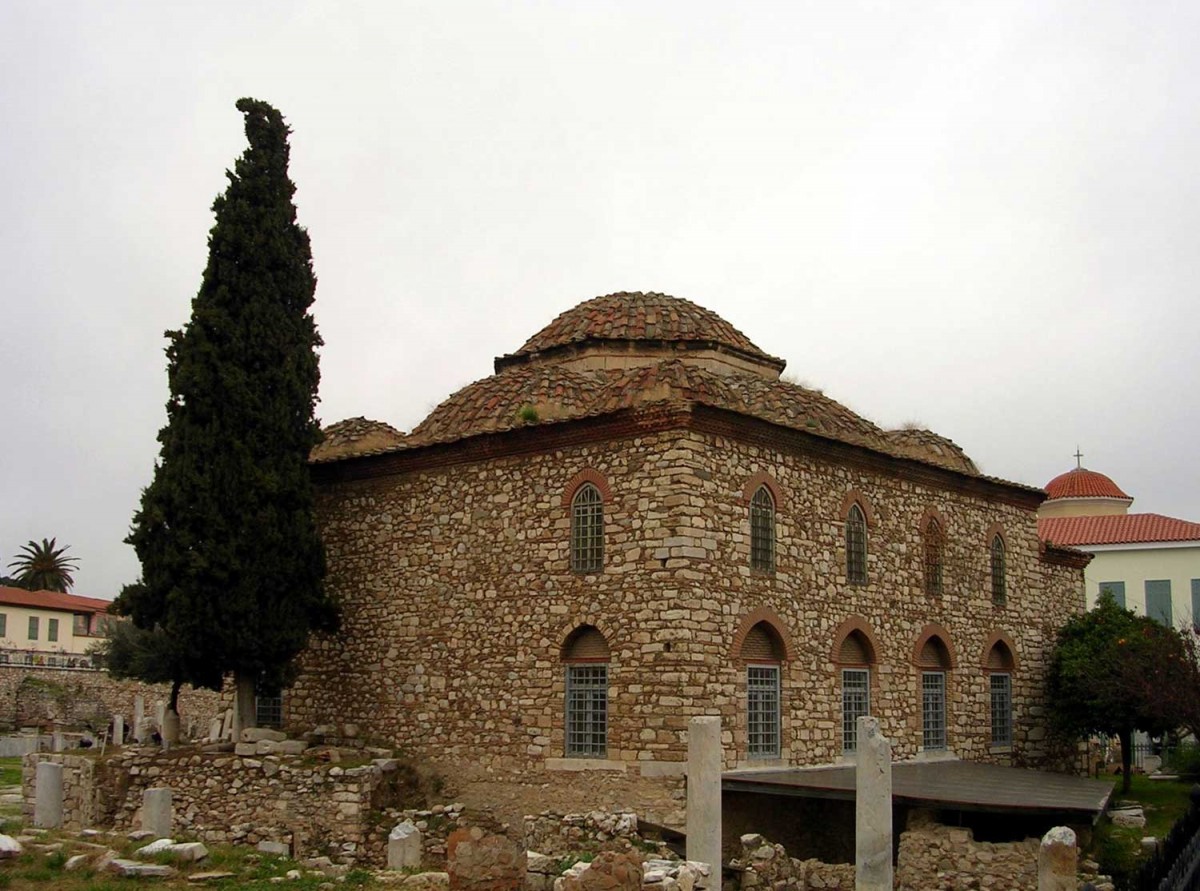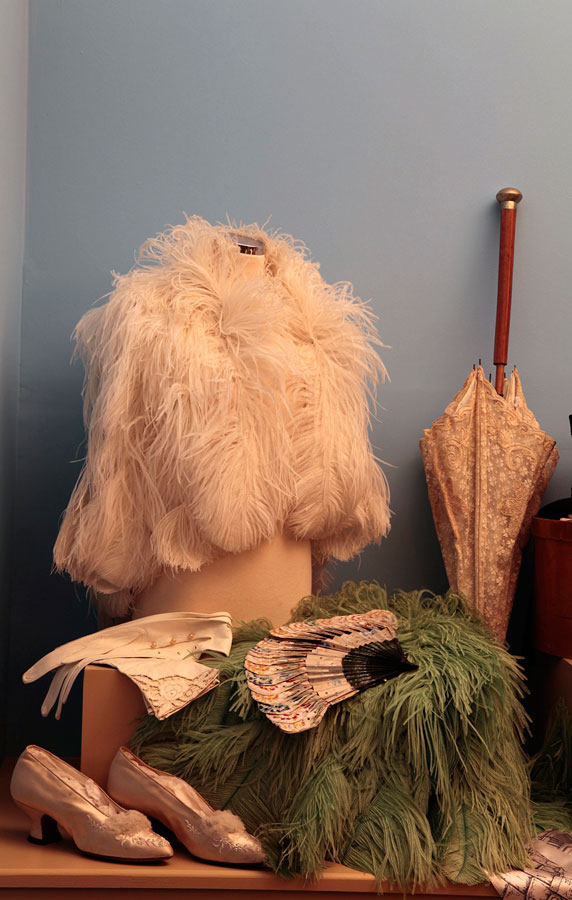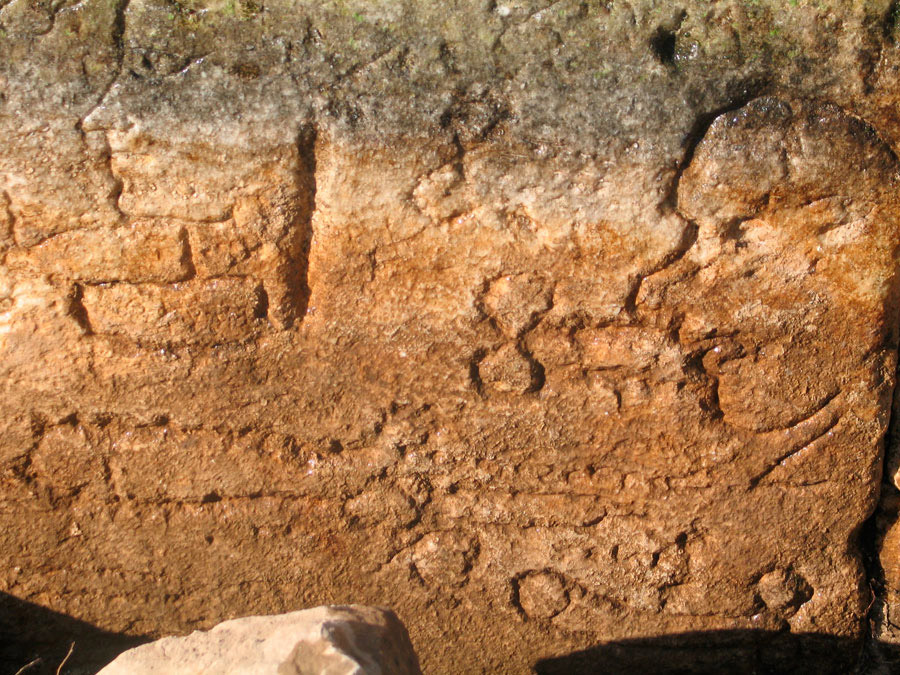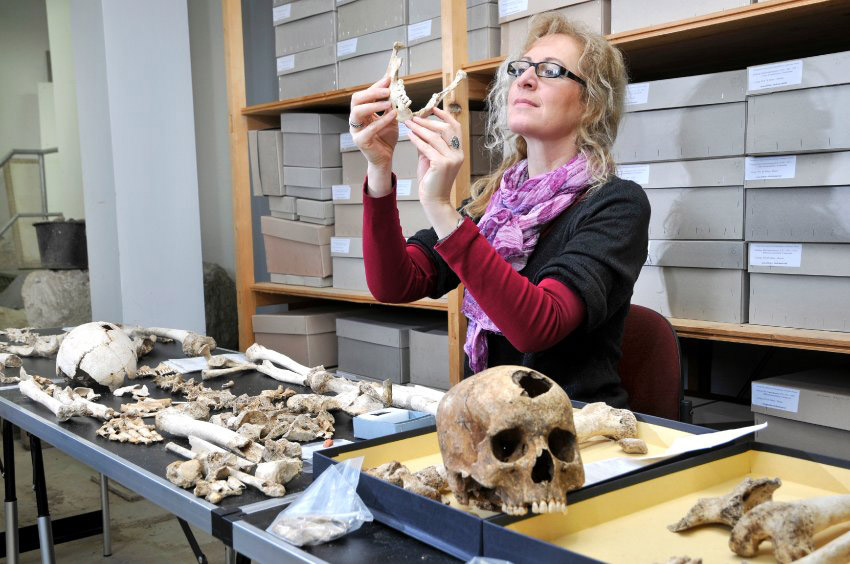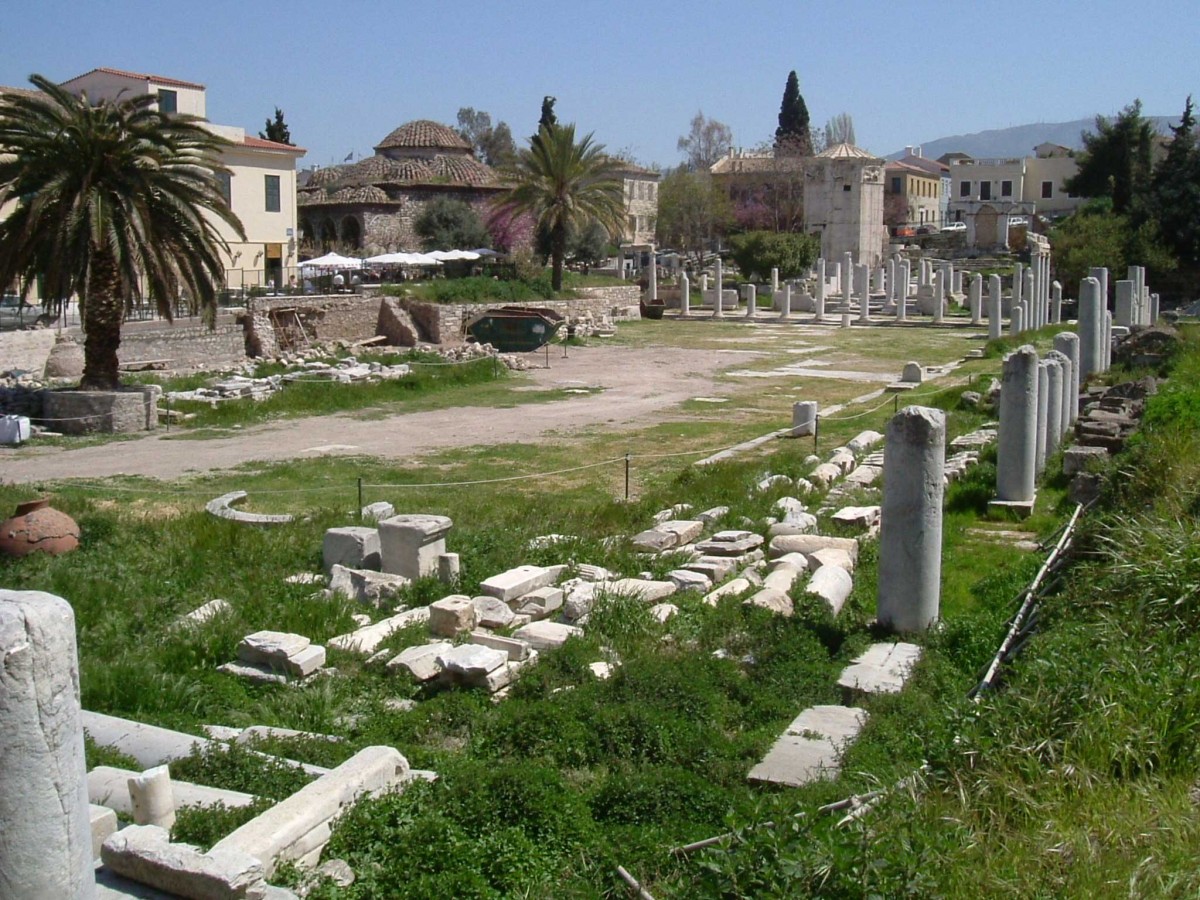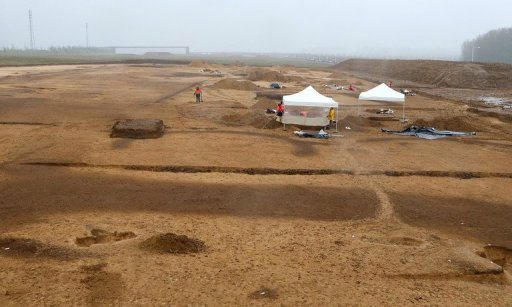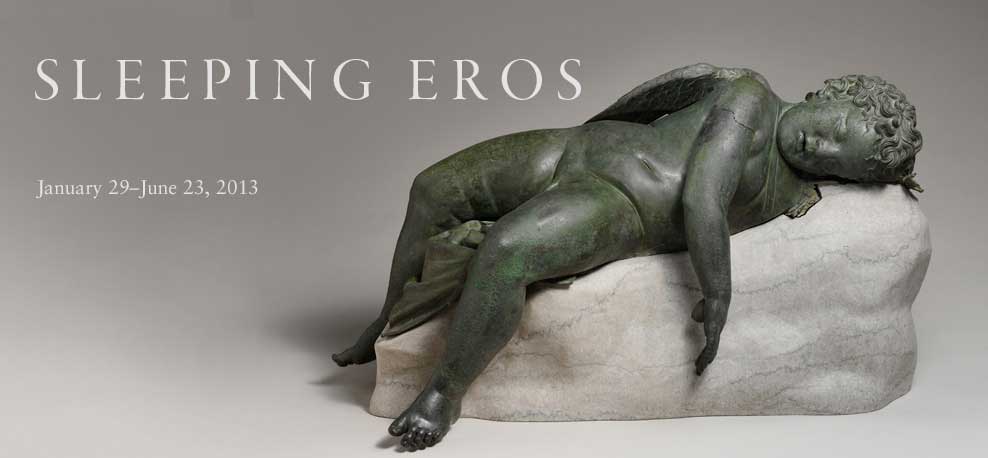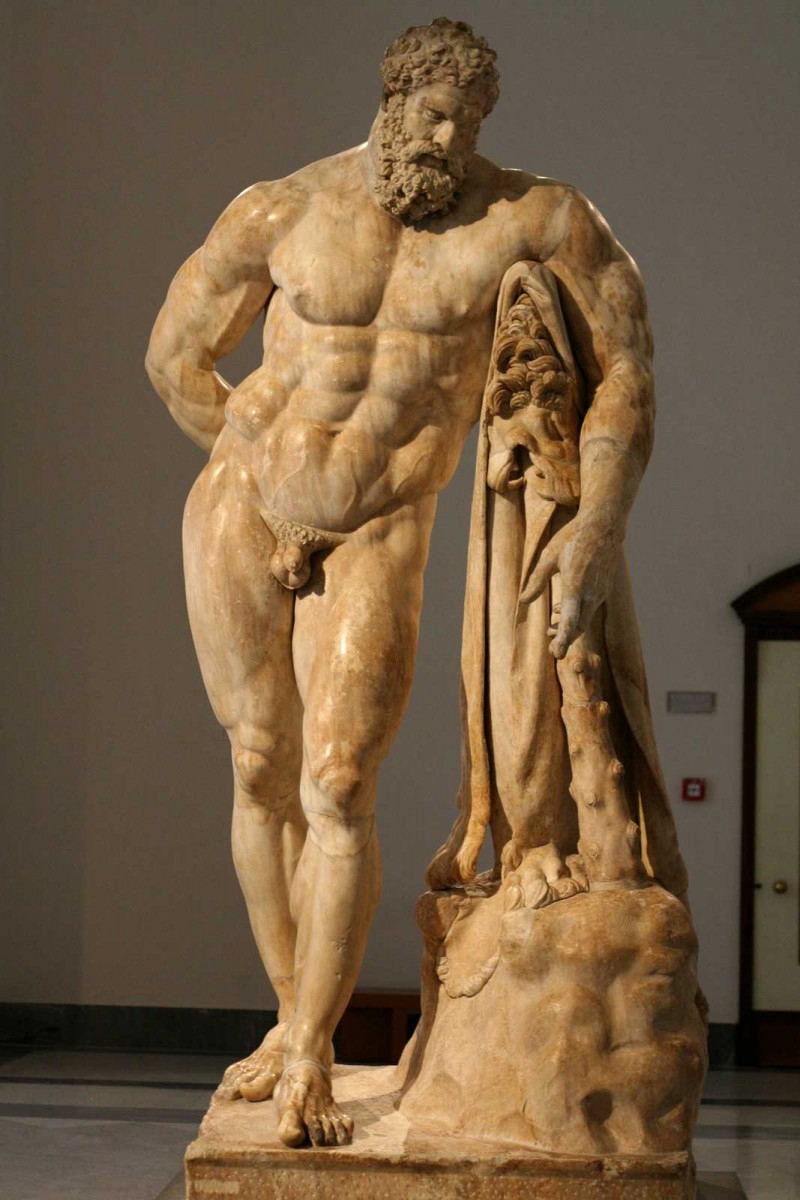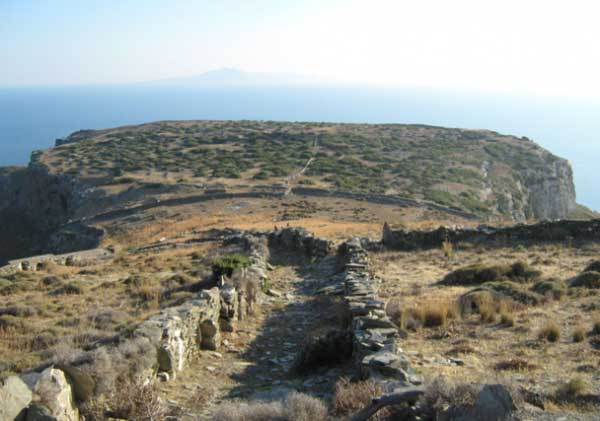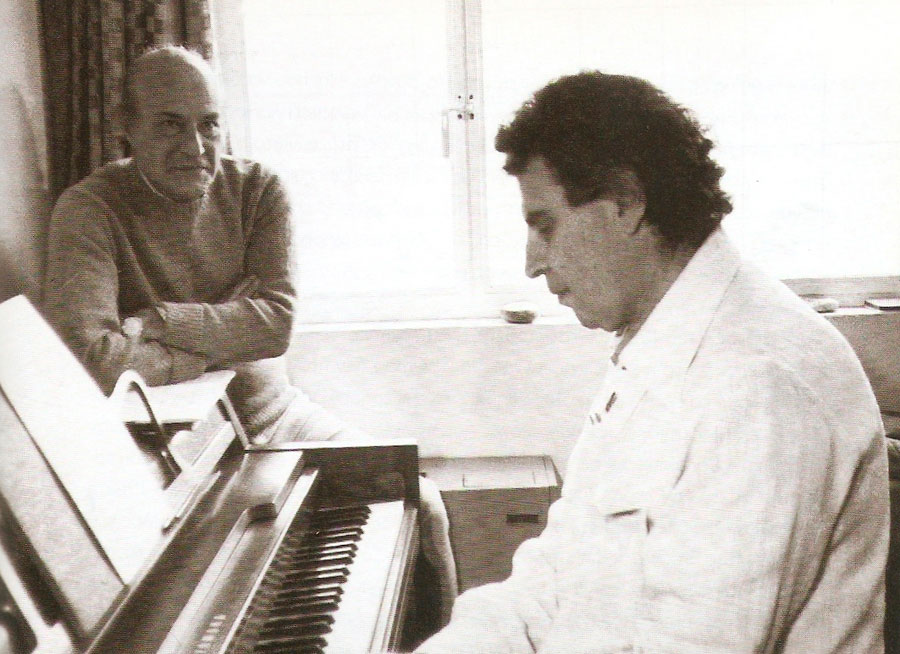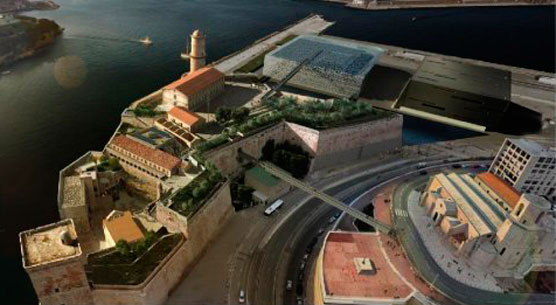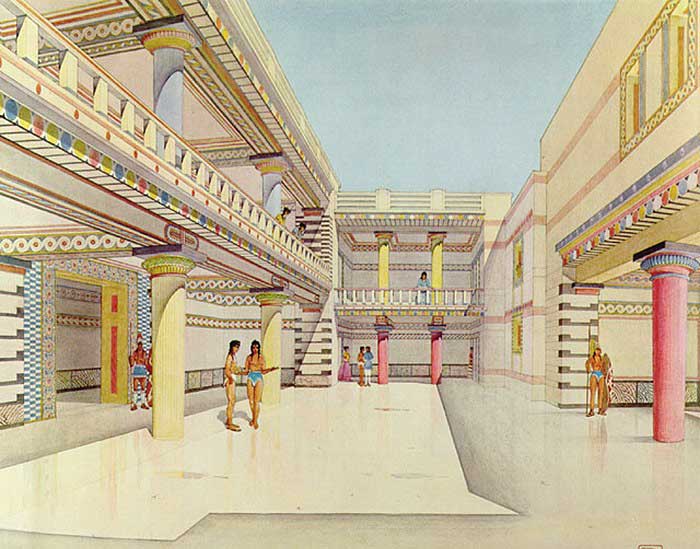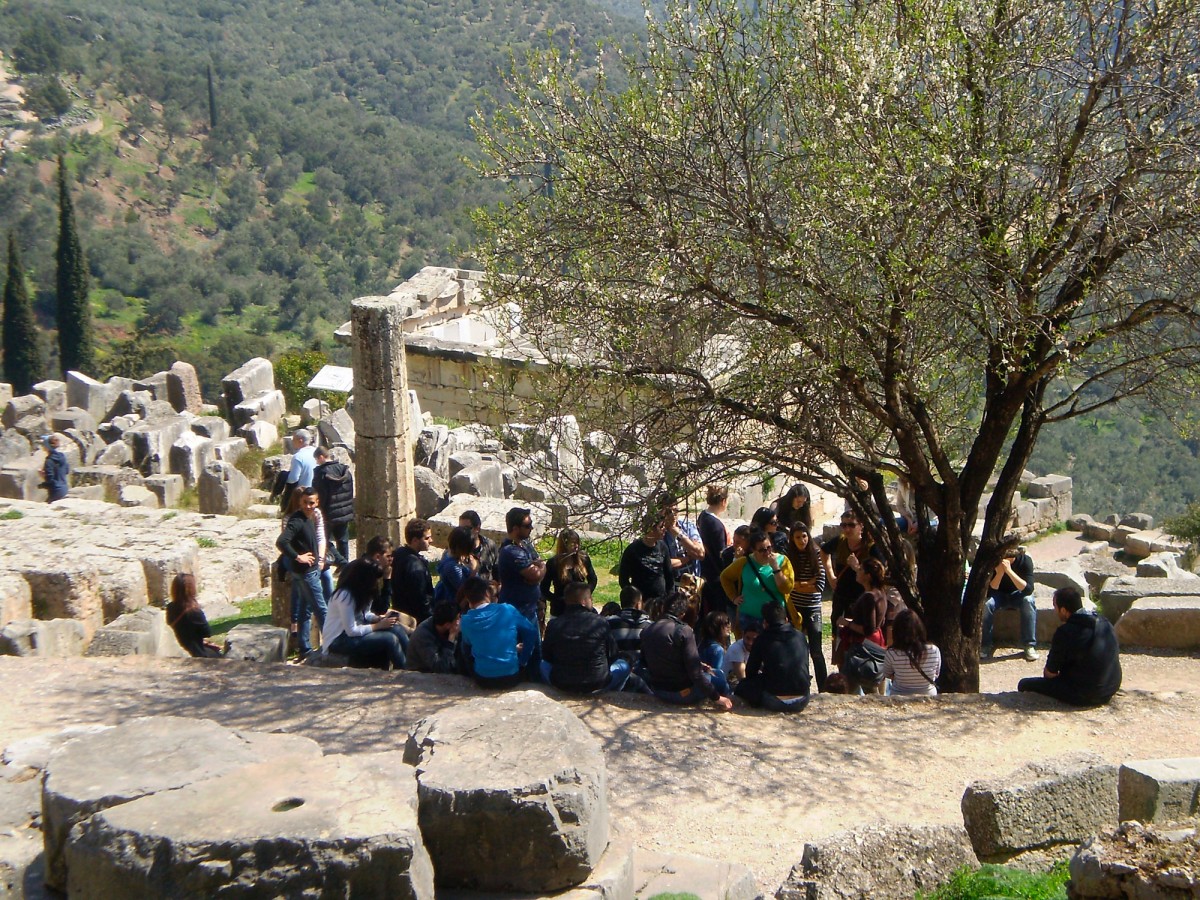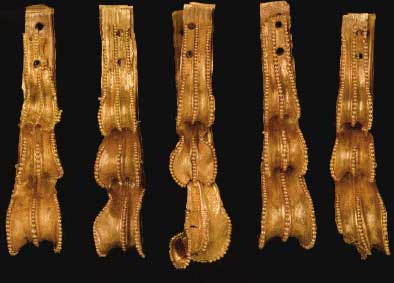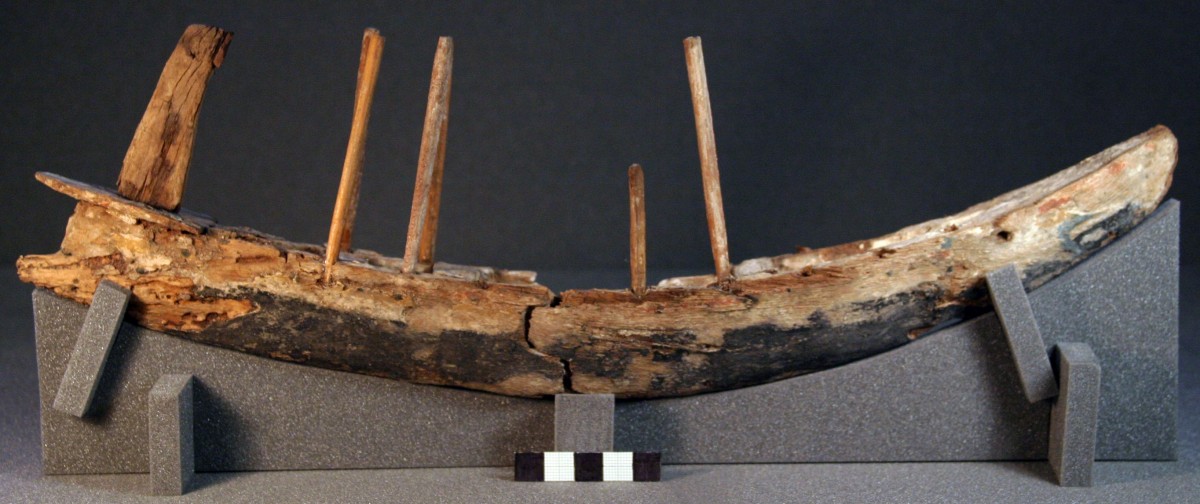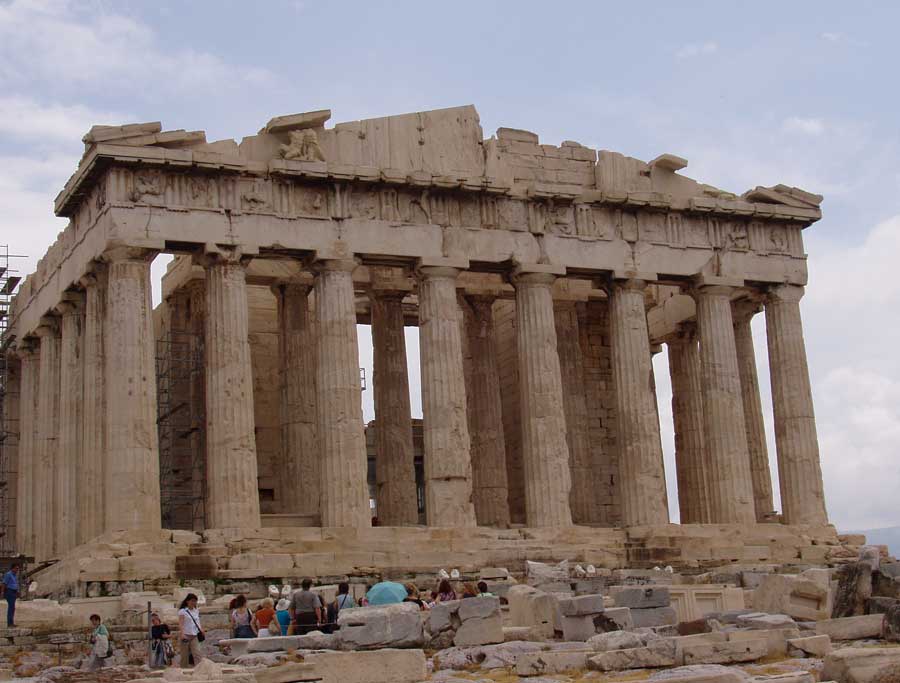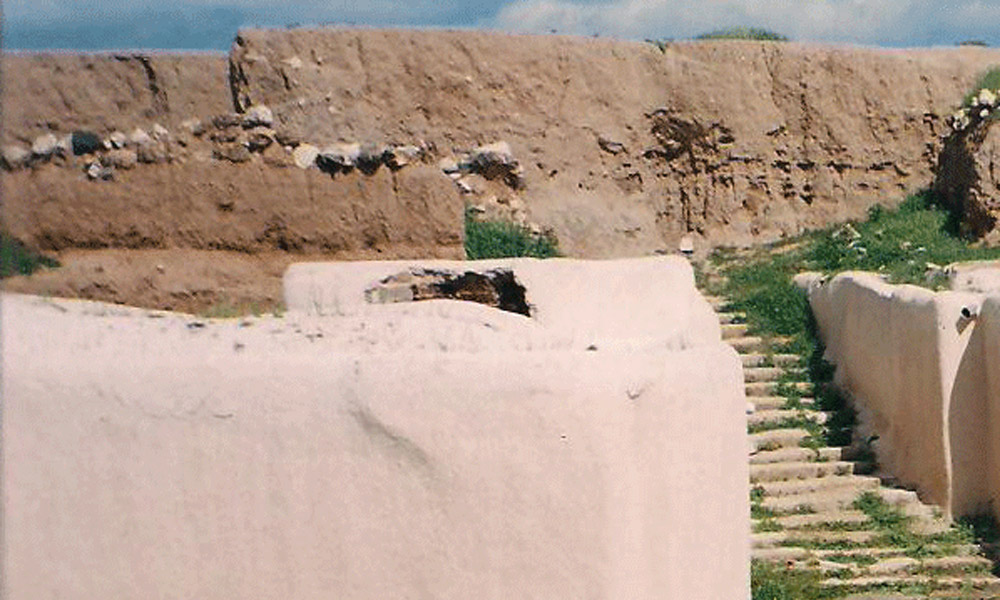Adaption and Environment in Aristotle’s Biology
7th lecture of the series of the “International Colloquium on Aristotle”, organized by the Interdisciplinary Centre for Aristotle Studies.
Pompeii and the Mafia
The Mafia is connected to the delay in the beginning of restoration works in Pompeii and the sky-rising of costs for the project.
Minoanization and Mycenaeanization at the “Serraglio” on Kos
The next Minoan Seminar will be held on Friday 26 April 2013, at 6.30 p.m.
The Fethiye Mosque will be restored
The Fethiye Mosque (“Mosque of the Conqueror”) in Monastiraki will be restored, as the Central Archaeological Council has given the green light to the study submitted.
40th anniversary of the Peloponnesian Folklore Foundation
The PFF will celebrate its fortieth anniversary as lavishly as possible, and on a large scale.
Graffiti as source for the study of historical and social conditions
Being -in their majority- products of the moment and composed by people in the condition of stimulation, intoxication or merriness, graffiti are hard to interpret but invaluable as historical sources.
“ The 7 Most Endangered”
The final list will be announced at Europa Nostra’s 50th Anniversary Congress in Athens on 16 June.
The Hangman’s Tale
Growing interest in "execution site archaeology" is throwing much light on how the executed died and the executors lived.
Online virtual exhibition
On the occasion of the International Museum Day 2013 the Archaeological Museum of Thessaloniki organizes an action using facebook, titled "Converse, reminisce, create … change?."
Five Greek paintings at Sotheby’s
Five paintings of Konstantinos Volanakis, Nikos Hadjikyriakos-Ghika and Nikolaos Gyzis will be included in the auction of 19th century European paintings by Sotheby's.
Fellowship for Research in Greece
The Fellowship is to support travel to Greece for research purposes by Australian post-graduate students and academics from Australian Universities.
Four day tour of Santorini
The Friends of the Australian Archaeological Institute at Athens are hosting an exciting four-day tour of Santorini led by Dr Stavros Paspalas from 31st May to 3rd June.
The mysteries of Gaul revealed
The site is yielding a stunning array of finds, including five Celtic warriors, whose weapons and adornments attest to membership of a powerful but long-lost elite.
Sleeping Eros
An exhibition examining the changing image of Eros from Antiquity to Renaissance is on show since January at the Metropolitan Museum of Art.
AMPHORAE VII
AMPHORAE VII, the seventh Annual Meeting of Postgraduates in Hellenic or Roman Antiquities and Egyptology, will be held at the University of Sydney from Wednesday 17th to Friday 19th July, 2013.
Zagora Archaeological Project
The Zagora Archaeological Project is calling for volunteers to work on the Geometric settlement site at Zagora (Andros, Greece) between 23rd September to 2nd November inclusive.
“Axion Esti” at the National Archaeological Museum
The National Archaeological Museum of Athens is preparing for the biggest musical event in its history.
Greek antiquities at the new Museum of Civilisations
40 Greek works of art mostly from Athenian museums will be exhibited in Marseille.
News from the Palace of Nestor
Though the gates of the Palace of Nestor are closed to the public, the 38th EPCA has taken an interesting initiative aiming to keep the visitor in touch with the Palace.
How can you be guided in a place of archaeological or historical interest
To whom may a visitor who wishes to be guided by a qualified expert in a place of archaeological or historical interest address to? How much does a guided tour cost? Are there any non-qualified/non-licensed tourist guides? What should be the visitor/consumer be aware of? Τhe Panhellenic Federation of Tourist Guides answers to these questions.
Journey from the Aegean to Gurob with a model galley
A monograph on a model ship with Mycenaean characteristics discovered in Egypt.
Parthenon. An Icon of Global Citizenship
The 2013 International Colloquy "Parthenon. An Icon of Global Citizenship" will be held at the Nicholson Museum (Sydney), on Friday 15 - Sunday 17 November 2013.
The double life of Ebla
Built in a strategic site thousands of years ago, Ebla in Syria is finding its military character once more, as, it is used by rebel Syrians as an observation post.

